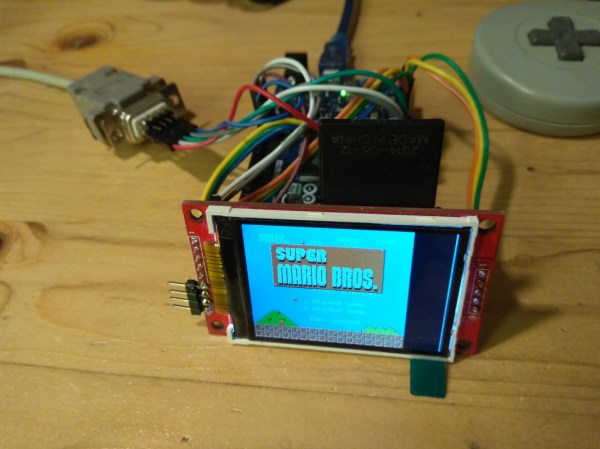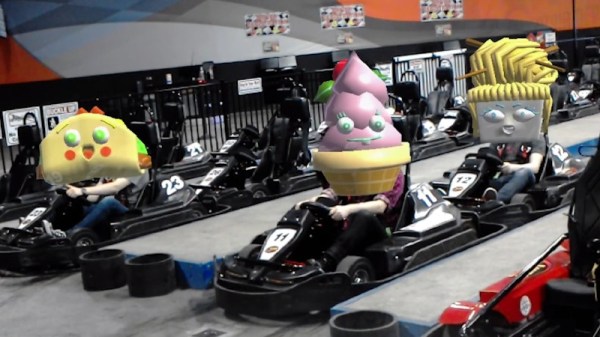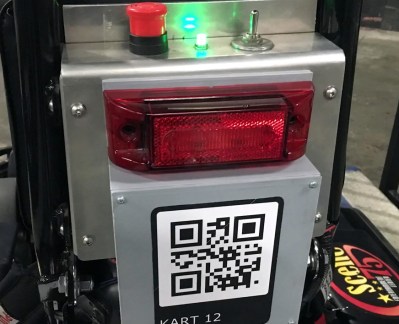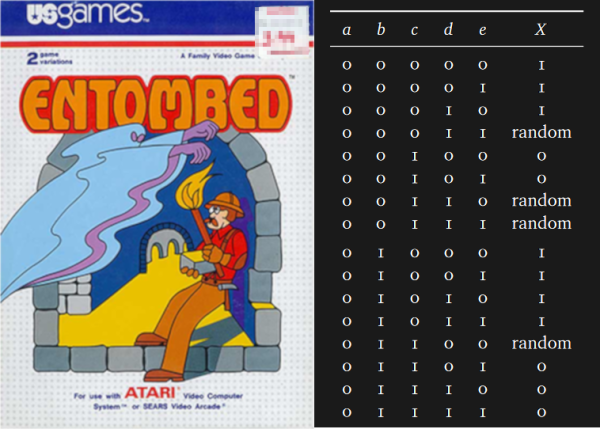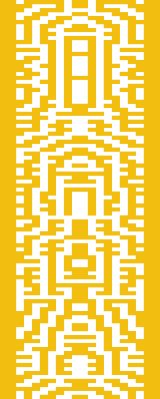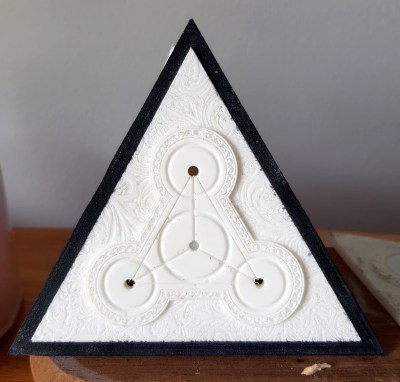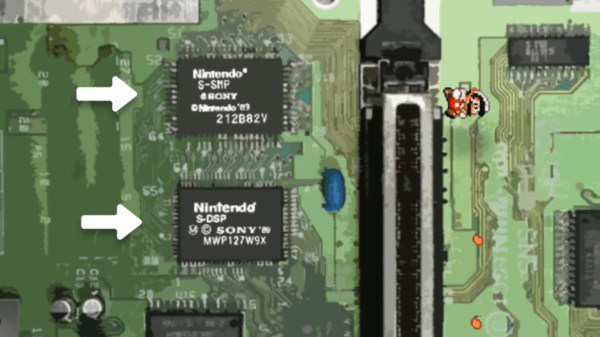Microsoft’s Kinect, a motion-sensing peripherial originally for the Xbox 360, is almost exactly a decade old now. And in that decade it has expanded from its limited existence tied to a console to a widely-used tool for effective and detailed motion sensing, without breaking the bank. While it’s seen use well outside of video games, it’s still being used to reimagine some classic games. In this project, Reddit user [SuperLouis64] has used it to control Mario with his own body.
While the build still involves some use of a hand controller, most of Mario’s movements are controlled by making analogous movements on a small trampoline, including the famed triple jump. The kinect is able to sense all of these movements and translate them into the game using software that [SuperLouis64] built as well. The trickiest movement seems to be Mario’s spin movement, which appears to have taken some practice to get right.
We appreciate the build quality on this one, and [SuperLouis64]’s excitement in playing the game with his creation. It truly looks like a blast to play, and he even mentions in the Reddit thread that he’s gotten a lot of productive excercise with his various VR and augumented reality games in the past few months. Of course if this is too much physical activity, you could always switch to using your car as the unique game controller instead.


